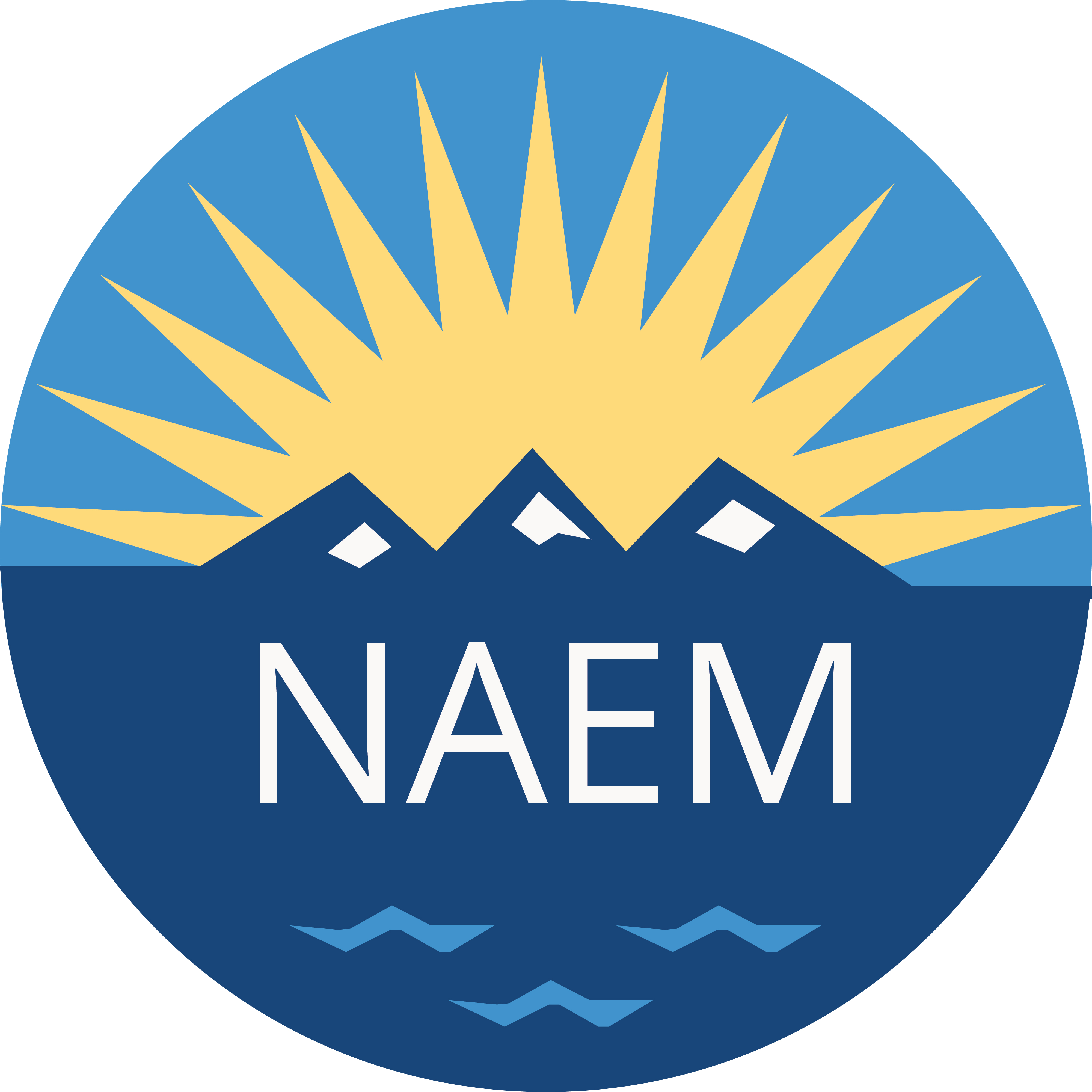Product Stewardship Programs Introduce New Challenges for EHS Professionals
Unlike traditional EHS programs that have evolved over several decades with best practices, industry standards, and management systems, product stewardship programs are relatively young with little industry-wide or cross-sector standards.
Tom Grumbles, Sr. Safety, Health and Environmental Specialist at Sasol North America, is among the growing number of EHS professionals members who are creating structure around these programs. He spoke with us this week to discuss how companies are managing product stewardship programs and what the American Industrial Hygiene Association's Product Stewardship Society is doing to to help these programs succeed.
GT: Why is product stewardship an issue of interest for safety, environmental and industrial hygiene professionals?
TG: As the focus of nongovernmental organizations and the public has moved from manufacturing plants to products, the business-to-business pressures for a wide range of information and data for products is growing. Safety, environmental and industrial hygiene professionals, who already ‘own’ some of the usual regulatory elements of product stewardship, are well-suited to manage many other program elements as well.
GT: In your experience, how are companies staffing their product stewardship programs?
TG: The global nature of product stewardship means that the practice is as much about where and how the product is manufactured as it is where it is sold and how it is used. These realities can create unique organizational structure issues.
The most common approach I’ve seen companies take is to task an internal team with coordinating efforts, defining the needs, trends, program elements and implementing practices. The actual implementation is then handled by a variety of department and functions. For example the need and specifics of evaluating distributors may be defined by the product stewardship group but the actual evaluations are done by the groups managing the distributor programs.
GT: What are some of the challenges associated with meeting product stewardship requirements?
TG: The first challenge in meeting challenges associated with meeting new product stewardship requirements is defining what the requirements are. Because there are no consensus definitions of product stewardship, product stewardship may be referred to as ‘product safety’, included in ‘sustainability’ efforts or other ‘corporate social responsibility’ efforts.
Depending on the industry sector or organization involved, the definition can be focused on one element of the supply chain, such as the electronics industry take-back programs, carpet recycling or safe disposal practice promotions in general. The general principles involved and the specific elements of a definition vary across industry sector associations, private organizations, government agencies and advocacy groups.
GT: What is the role of AIHA’s Product Stewardship Society?
TG: Our role is to develop resources, publications and networking opportunities to help those professionals with product stewardship responsibilities to do their jobs well. We have already established educational events through two conferences and planning is underway for Stewardship 2016. We are also working to develop webinars on “hot topics” for product stewardship practitioners. We have three publications in the works and hope to have them ready for use by the turn of the year.
GT: Do product stewardship programs require a different set of skills? If so, which ones?
TG: No matter how a company defines their product stewardship program, it requires a mix of both technical regulatory skills and ‘soft’ skills, including communication, team-building and being able to work across a wide range of company functional areas. The Product Stewardship Society has developed a 'Core Competencies' document, available on our website that describes the range of technical and other skills needed.
GT: Do you have any advice for companies who are just starting to explore this issue?
TG: In general the first step should be to define the product stewardship elements that apply to your business. This could be partially defined by your trade association or framed by the risk profile of the business, your customer’s expectations and, of course, the regulatory requirements that apply to your business. Once you’ve defined your program, you can identify specific activities, roles and responsibilities, and assign staff as needed. There is a wealth of information online that can help with benchmarking, in addition to the resources available to AIHA and NAEM members through their peer networks.
To learn more about how to staff your product stewardship programs, join Tom Grumbles for NAEM’s 2015 EHS Management Forum on Oct. 14-16 in Charlotte, NC.

